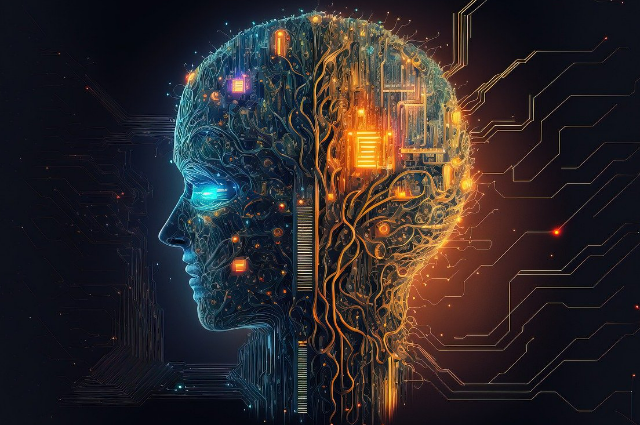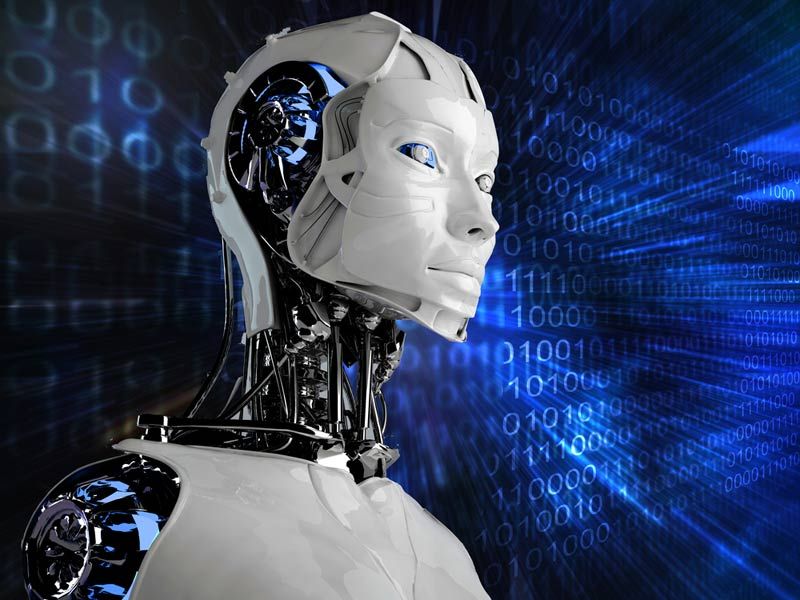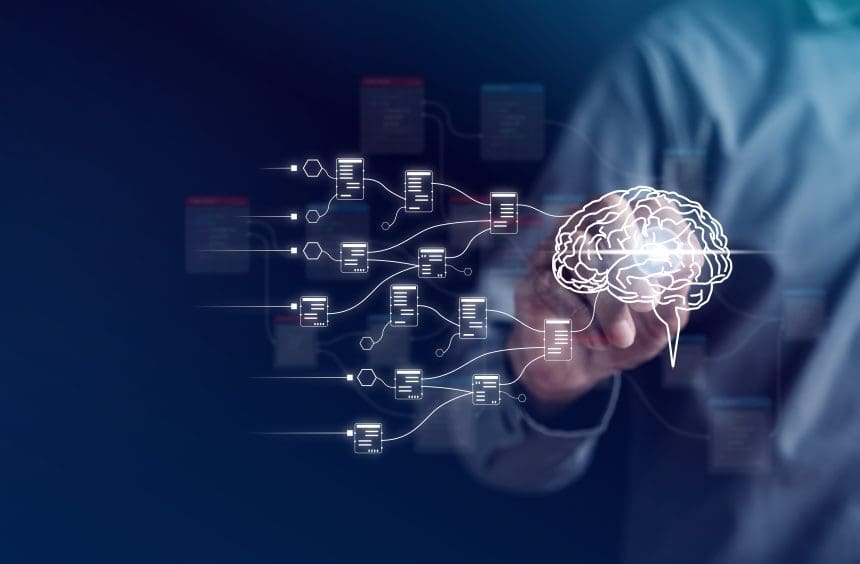The concept of transferring human consciousness into a digital system has long lived in the realm of science fiction. Today, neuroscience acknowledges the idea’s theoretical possibility while stressing its monumental challenges. The journey from brain biology to machine-based mind remains one of science’s most tantalizing—and distant—frontiers.
The core idea of mind uploading
Mind uploading imagines separating the mind from its biological host, preserving thoughts, memories, and sense of self inside a computer. In theory, it would allow an individual’s consciousness to persist beyond the physical body, existing indefinitely in a digital environment.

Supporters of the concept point to history: human beings have achieved what once seemed impossible, from landing on the moon to mapping the human genome. If those frontiers were crossed, they argue, the mind could someday be digitized. But unlike rockets or DNA sequencing, mapping a mind demands decoding an almost unfathomable level of biological complexity.
The roadblocks between brain and machine
The human brain holds around 86 billion neurons, linked by trillions of connections. Capturing this immense web—its precise structure, patterns, and dynamic changes—requires scanning technology far beyond current limits. Even large-scale neuroscience projects have struggled to chart more than fragments of its architecture.

And even if every connection could be mapped, there’s a deeper question: would the result actually be the person? Consciousness is not just information; it is subjective experience. The “hard problem” of consciousness—how physical processes create the feeling of being alive—remains unsolved. A digital copy might replicate behavior, but without proof that it can truly feel, many argue it would not be the same mind.
Ambition, simulation, and identity
Despite the challenges, research into brain simulation continues. Some projects aim to model sections of the brain on supercomputers, while others imagine future societies populated by virtual “uploads” that could think, learn, and even evolve. This vision promises new possibilities, from deep-space exploration without biological constraints to a form of digital immortality.

Yet identity poses a thorny problem. If a digital replica thinks like you and remembers your life, is it truly you, or just a sophisticated imitation? Philosophers and neuroscientists warn that without a clear answer, the ethics of mind uploading remain murky.
The future of a digital self
For now, mind uploading belongs to the speculative future. Its realization would require breakthroughs in neuroscience, computing, and our understanding of consciousness itself. It may be decades—or centuries—before such a leap is even feasible.
Still, the idea persists because it forces humanity to confront profound questions: What are we made of? Can identity survive outside the body? And if the answer is yes, will the digital version of us feel the same sense of being alive as we do now?




